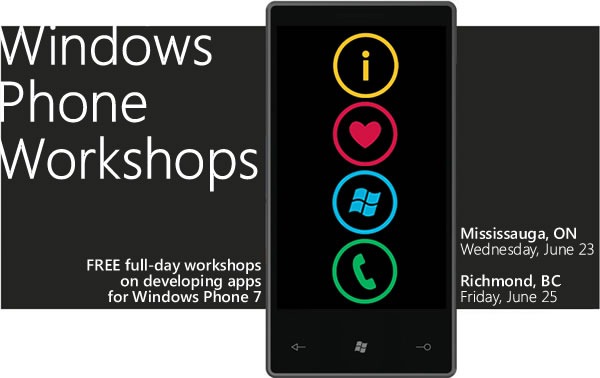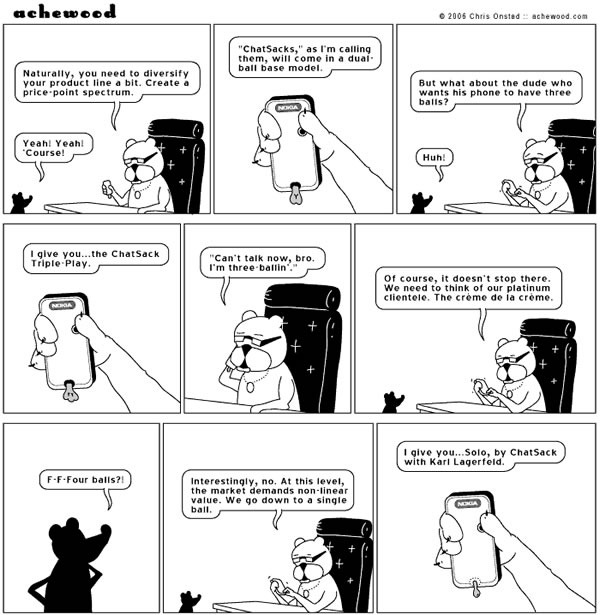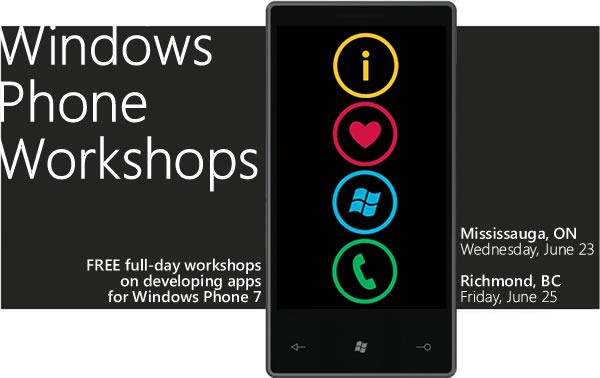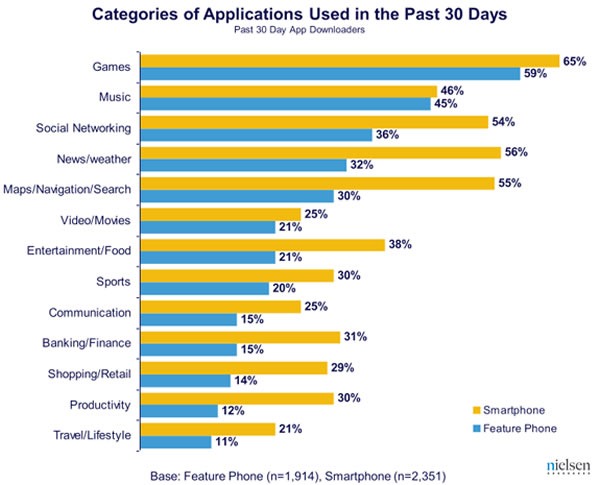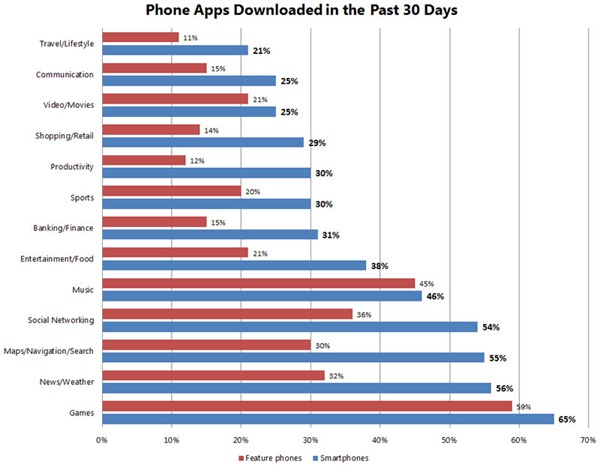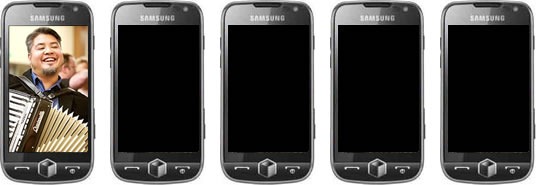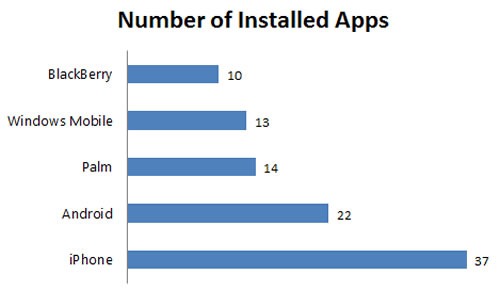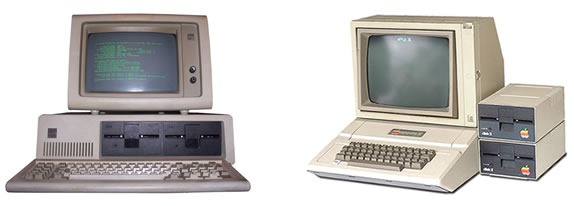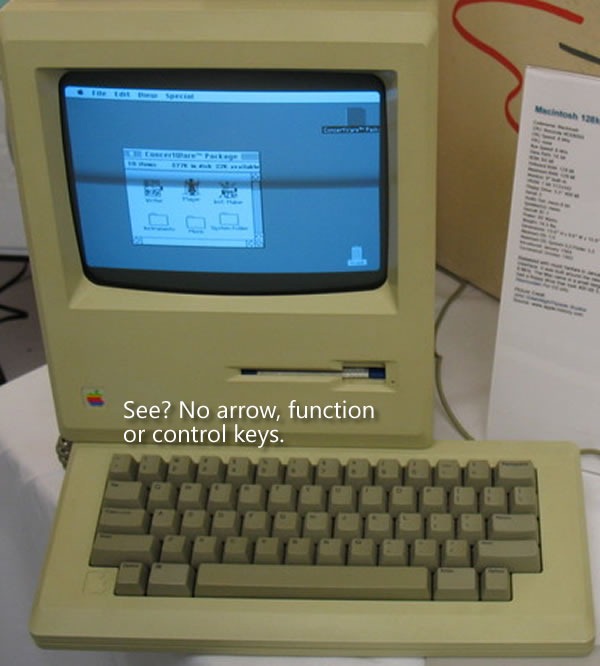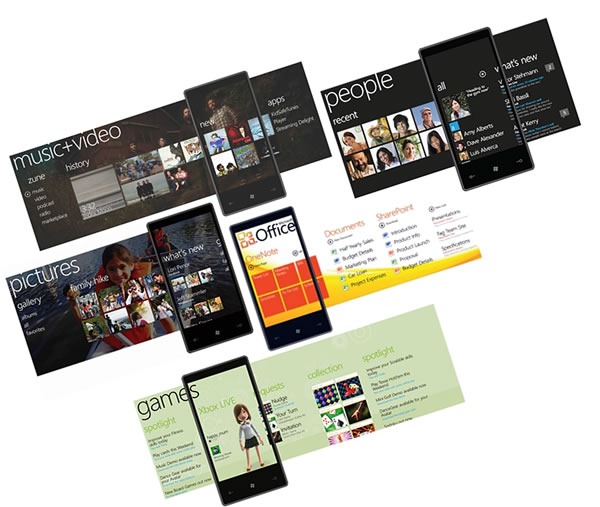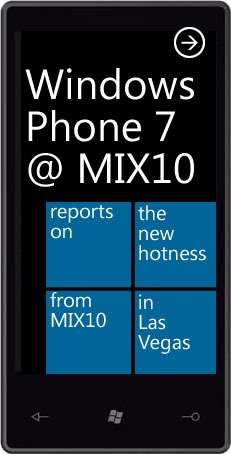Behind the Scenes: Windows Phone 7
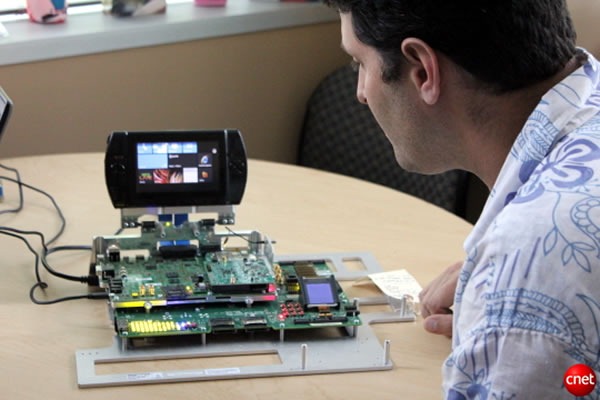 Microsoft Vice President Terry Myerson gets a look at a prototype Windows Phone circuit board that Qualcomm built with an all-new chip that had just started rolling off the manufacturing line.
Microsoft Vice President Terry Myerson gets a look at a prototype Windows Phone circuit board that Qualcomm built with an all-new chip that had just started rolling off the manufacturing line.
Photo by Ina Fried.
In her article Behind the Scenes: Windows Phone 7, Ina Fried pays a visit to Microsoft headquarters in Redmond to see what the Windows Phone team is up to. With the phone due to hit the streets in time for the holiday season and the months that wireless carriers need to test out new devices before they sell them, the Windows Phone team was in crunch mode in late May, racing to finish their work on it. Ina was given a rare opportunity to hang out with the Windows Phone team, interview both executives and developers, sit in on “shiproom” meetings and generally observe the Herculean task of building a brand new phone operating system.
The article doesn’t pull any punches. Ina writes that a “reboot” like the one Microsoft is doing with its phone is going to be a challenge, and the people she interviewed are all too aware of it. “In the meetings and subsequent interviews, executives and developers who were surprisingly candid about both the mistakes Microsoft has made in the mobile market and the importance of their current work.”
Go check out the article – it’s fascinating, and it’s the first in a series of occasionally-published articles by Ina that will provide a behind-the-scenes look at the people building the phone.
Mobile Development News for All

The Redmond team aren’t the only people working hard on Windows Phone 7 – Microsoft Canada’s Developer and Platform Evangelism team (of which I’m part) is doing the same, but from a different angle. We’re gearing up to talk about developing apps for Windows Phone 7: the tools, the technologies, the programming frameworks and languages, and the techniques – and we’ll be talking to more than just Microsoft developers, but developers of all stripes, even if they build apps for the Esteemed Competition’s phones, whether they’re Android, BlackBerry or iPhone.
We’ll also be talking about more than just Windows Phone development, but mobile development in general, on all sorts of topics that affect mobile development, from the importance of good design to the business of mobile apps to architecture and development techniques. We hope that no matter what mobile platform you’ll build for, you’ll check out our blogs and events because they’ll be chock-full of useful information (and we think we’ll surprise you).
Windows Phone Workshops in the Toronto and Vancouver Areas
Whether you’re a long-time Microsoft developer looking to get into mobile or an Android, BlackBerry or iPhone wondering what Windows Phone 7 is all about, and you’re in the Toronto or Vancouver areas, you might want to check out our free Windows Phone Workshops next week:
- One in the Toronto area on Wednesday the 23rd at Microsoft Canada HQ in Mississauga
- One in the Vancouver area on Friday the 25th at Microsoft’s Development Centre in Richmond
I’ll be there, as will my co-workers Paul Laberge and Jamie Wakeam and some special guest speakers and we’ll be talking about Windows Phone 7’s interface, architecture, developing apps in Silverlight and XNA, the Marketplace (where you sell your apps) and then we’ll have a codefest where teams can compete to build the best Windows Phone app in an afternoon.
If you’d like to know more about the workshops, see this earlier article, which covers the Windows Phone Workshops in more detail.
